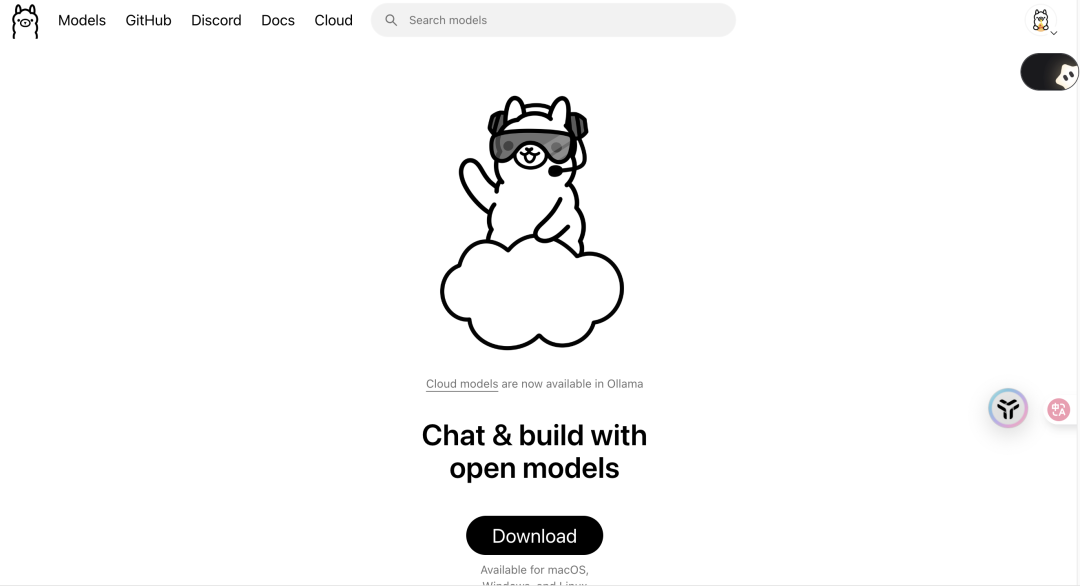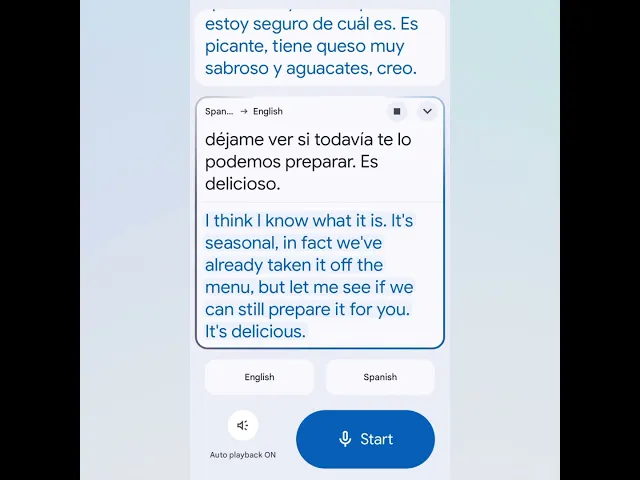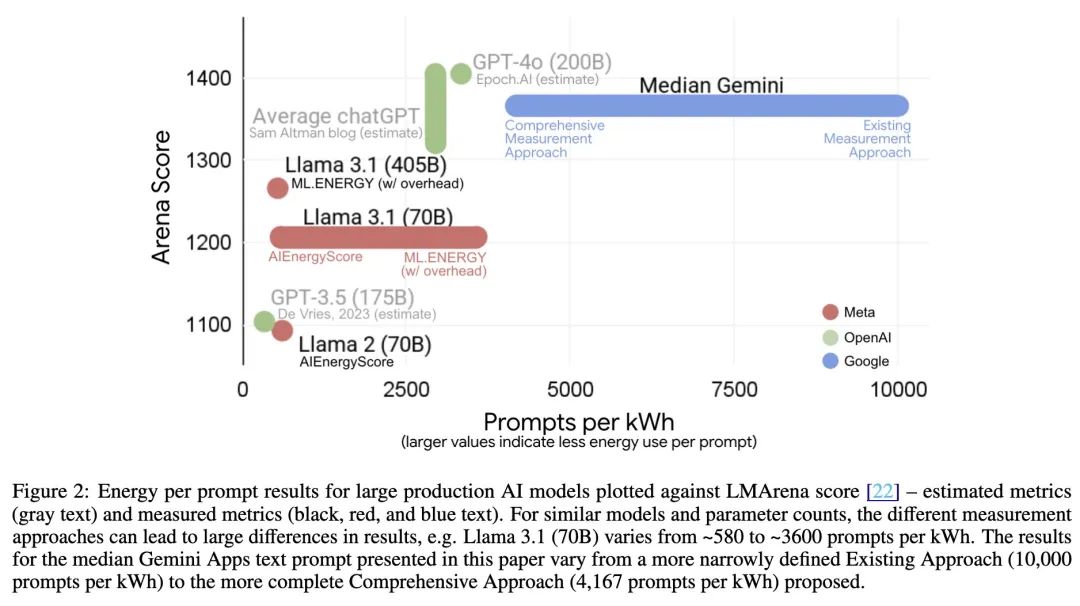Recently, the AI app "Ask White"Announcing the launch of its self-developed next generation of native Agent big models O3, and has opened some users for internal testing. According to the officialO3 The core feature of the model is its in-depth reasoning and multi-round verification capability, which aims to solve the problems of "AI illusion", information fragmentation and inefficient access to answers that exist in the current large language model.
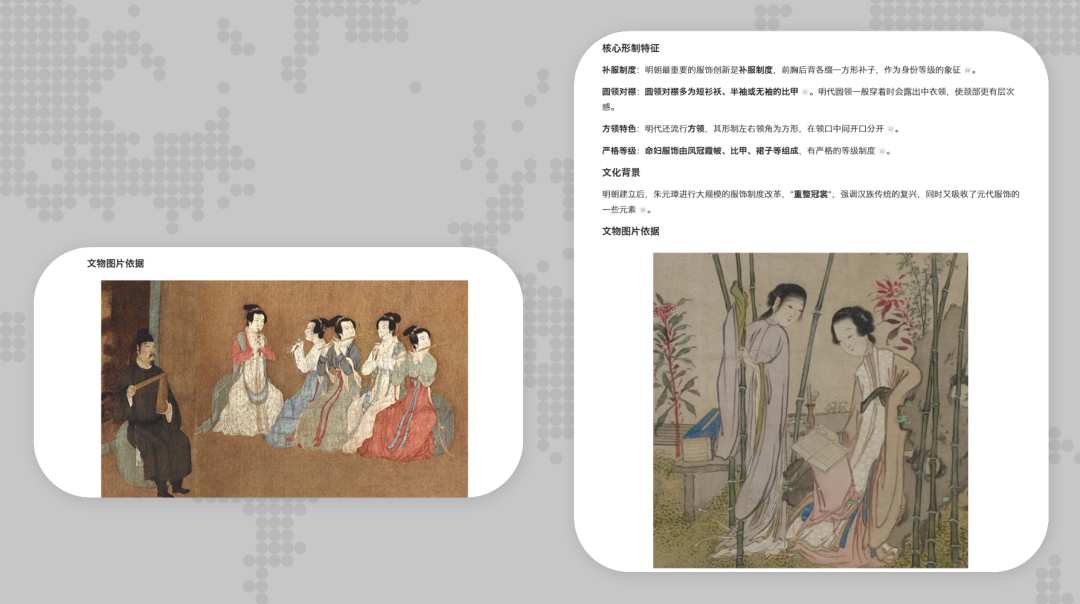
Unlike traditional single-round Q&A AI, theO3 s workflow is more like an automated researcher. Upon receiving a user task, it will autonomously perform inference and analysis, plan information retrieval paths, and acquire and validate data through multiple rounds of web search. When necessary, the model will also call different tools for cross-comparison, and ultimately generate a comprehensive report that integrates text, charts and images.
Pain point: why does AI often answer the wrong questions?
Users often face the following dilemmas when dealing with complex problems with the current mainstream big models:
- The answer is in tatters.: The information returned by the model is incomplete, and the user will have to go through several follow-up questions to piece together the full picture.
- Low credibility of information: Models are prone to factual errors, i.e., "AI illusions," due to their reliance on single searches or solidified knowledge bases.
- Lack of depth of content: Generated responses tend to remain as lists of information and lack structured in-depth analysis.
- harsh and mechanical in expression: The language of the responses is patterned, with a clear "AI flavor" and a lack of naturalness.
O3 The model was originally designed to address these challenges.
O3's core competencies: from "search" to "research"
O3 By introducing Agent Workflow, it demonstrates its differentiation in four core areas.
- Accurate and trustworthy: built-in multi-round verification mechanism
Traditional models often miss key information due to single searches, whereas O3 Adopts a "think-search-verify" cycle. It will automatically query multiple trusted data sources for cross-validation to improve the accuracy of the answers.
Case Comparison
- mandates:: "Xiaomi cell phone sales Q1 2024"
- Traditional AI: It may require users to ask "What are the exact numbers?" "What was the year-over-year growth?" and "What markets did the major growth come from?" .
- O3: Directly generating a mini-report with key figures, it notes that it shipped 40.8 million units (citing IDC data), up 12.3% year-on-year, and points to the Southeast Asian market as the main growth-contributing region.
- Deep and efficient: generating research paper-level analytics
For complex problems requiring in-depth analysis.O3 The ability to output clearly structured, information-saturated answers in a short period of time, covering macro trends, niche points and future outlook, avoids fragmentation of information.
Case Comparison
- mandates:: "EU 2030 Carbon Tariff Response Strategy"
- Traditional AI: May only list policy provisions and require further questions from the user to obtain industry impacts and implementation details.
- O3: A complete strategy framework can be output, including a strategic pathway, industry impact matrix analysis, and implementation timeline.
- Natural and vivid: optimizing language and narrative style
O3 Language generation has been specifically optimized to bring its output closer to the writing style of human authors by introducing analogies, emotions and narrative rhythms, especially when dealing with long text creation tasks.
Case Comparison
- mandates:: "Write an 8,000-word science fiction novel about a mysterious planet beyond Pluto."
- Traditional AI: Often the output is only available in segments, with poor story coherence and a single language style.
- O3: The ability to generate a unified story text with a complete worldview setting, plot development, and scientific details.
- Graphic Linkage: Intelligent Adaptation of Presentations
Depending on the type of question.O3 It will intelligently choose the most suitable way to display, and flexibly use visualization tools such as pictures, tables, pie charts, etc. to help users quickly grasp the focus of information.
Case Comparison
- mandates: "Planning a summer vacation trip for 4 people on a $4,000 budget"
- Traditional AI: May output a list of attractions in text form only.
- O3: The tendency is to generate illustrated programs, such as those containing photos of attractions, formatted itineraries, and budget allocation pie charts.
Technical Analysis: How does O3 "think" on its own?
According to the technical team of "Ask White".O3 The realization of this relies mainly on two core technologies:Agentic Task Synthesis Based on Knowledge Graphcap (a poem)End-to-End Agent Enhanced LearningThe
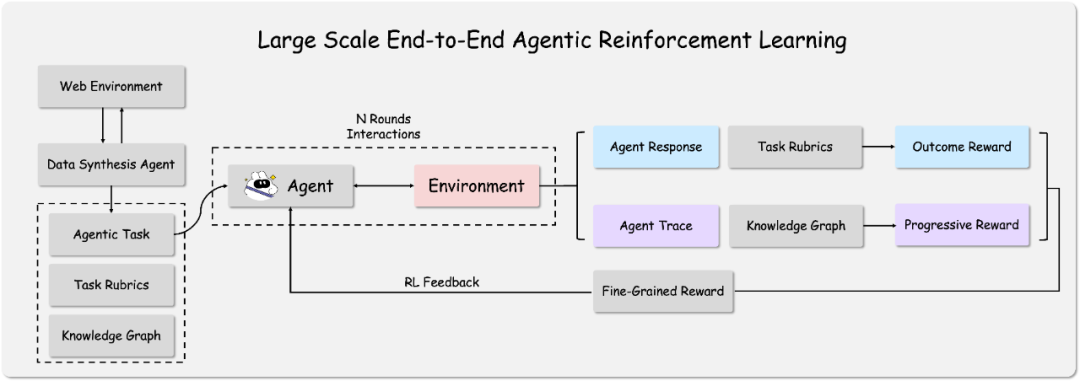
Its technological path can be understood as two stages:
- Task generation and planningBefore model training, a "Data Synthesis Agent" builds a knowledge graph by interacting with the network environment. Based on this knowledge graph, the system generates a series of complex "agent tasks" that require multi-step reasoning and tool invocation, and sets fine-grained scoring criteria for these tasks. This ensures that the tasks the model is exposed to during the training phase are sufficiently complex and close to the real world.
- Enhanced Learning and Optimization: In training.
O3The Agent freely interacts with the environment, attempts to solve the task and records its behavioral trajectory. After completing the task, the system will evaluate the quality of the answers and the completeness of information acquisition using a preset scoring criteria and knowledge graph. The evaluation score is used as a reward signal to optimize the agent's behavioral strategies through reinforcement learning (RL), so that it learns how to efficiently adjust its search strategy, invoke tools, and ultimately solve problems according to different tasks.
This end-to-end reinforcement learning approach is one of the key directions that the industry is currently exploring to solve the problem of AI reliability and autonomy.
Application Scenarios and Experience Portals
O3 The capabilities allow it to be used in a variety of scenarios, such as providing industry research for working professionals, market analysis for entrepreneurs, or being a collaborative partner for content creators.
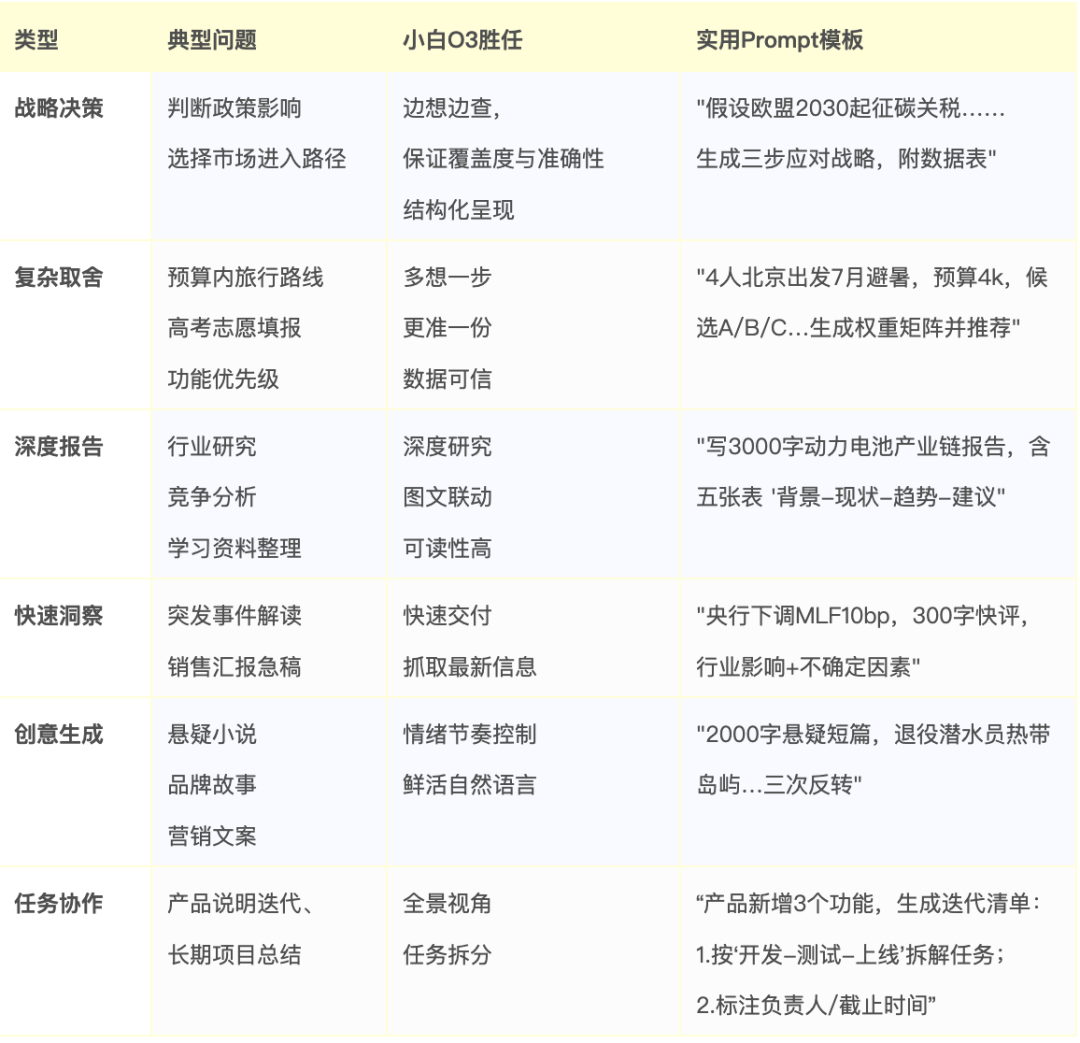
Currently.O3 The model is in internal testing, and users can check whether they are qualified to experience it through the web version or the App of "Ask Xiaobai".
web-based
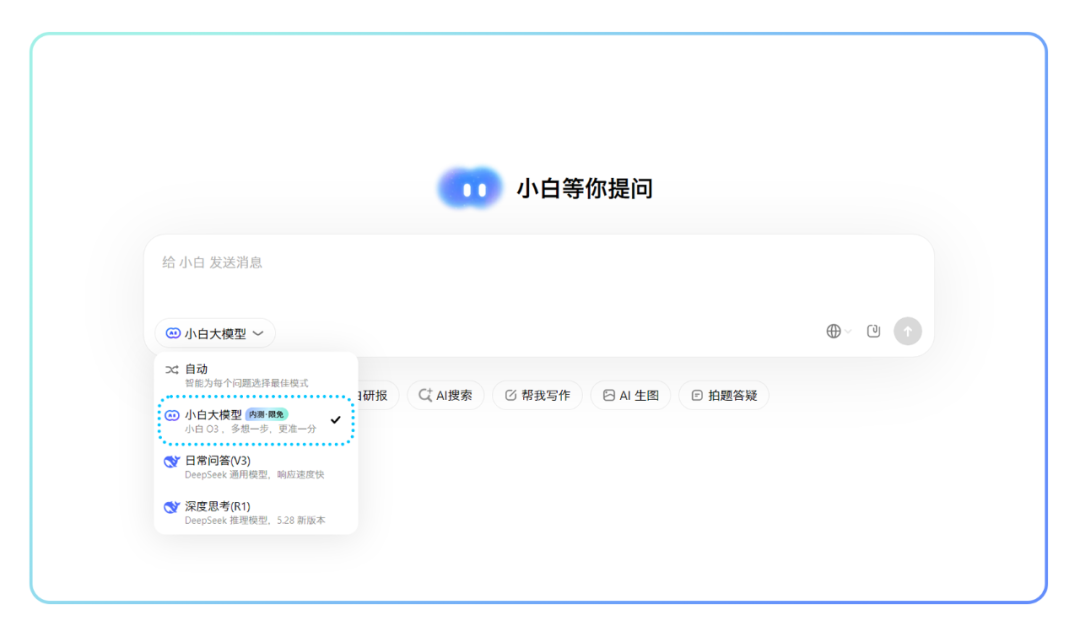
mobile
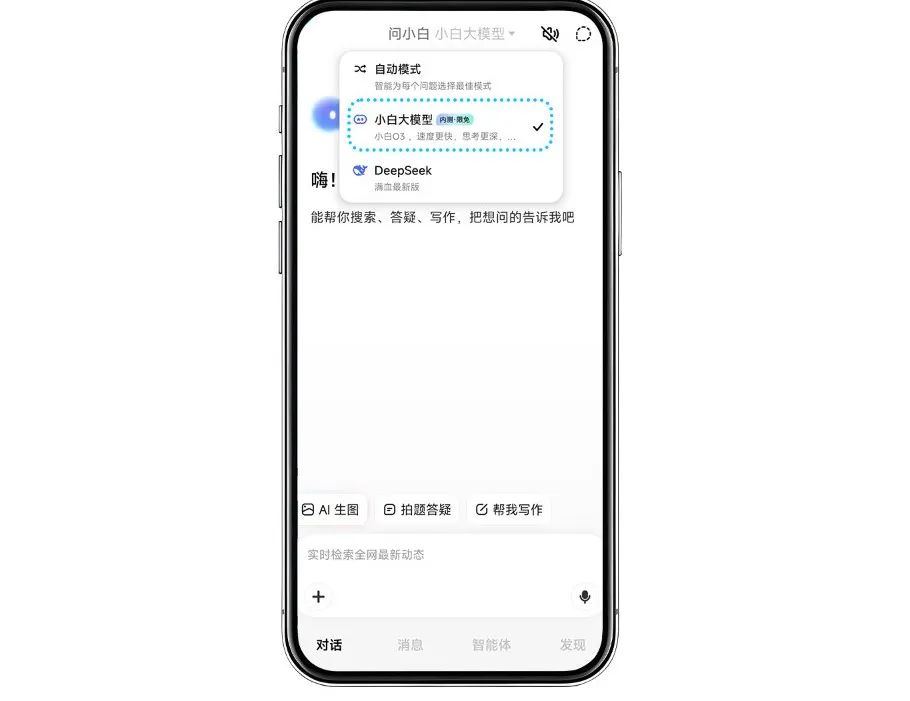
in the wake of O3 With the emergence of such native Agent models, AI is evolving from a passive "question and answer machine" to an active "task solver". Although it is still at an early stage, this technology path undoubtedly provides a valuable exploration for solving many bottlenecks in current AI applications.




